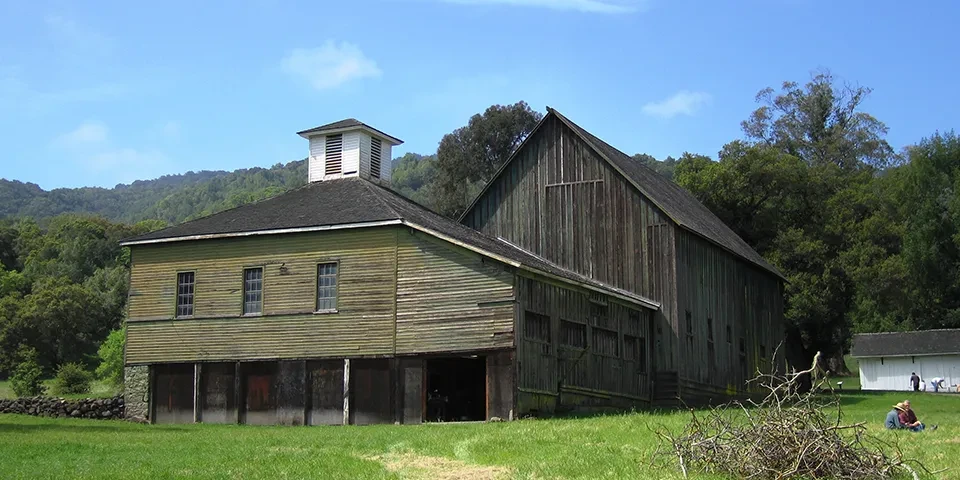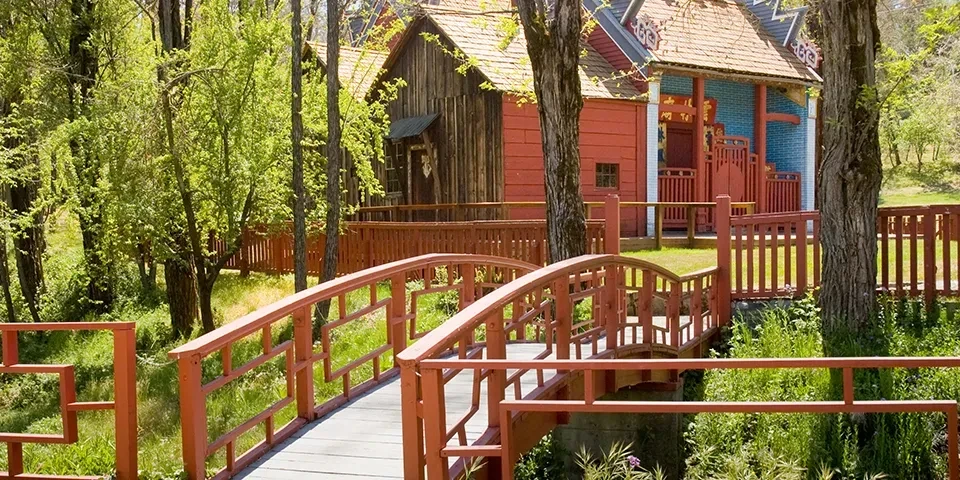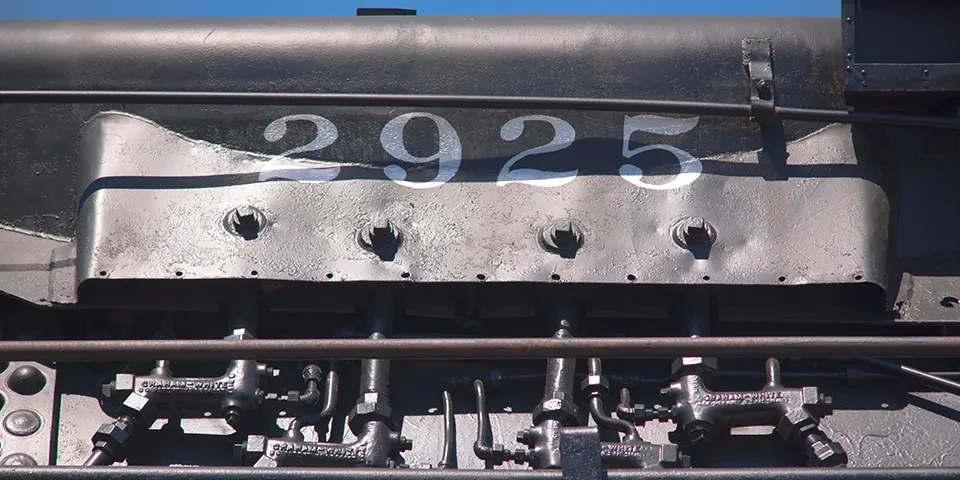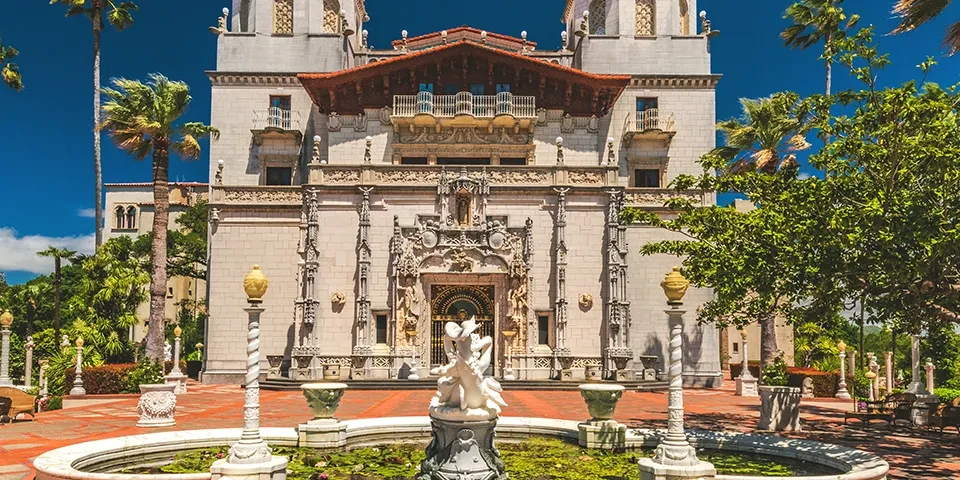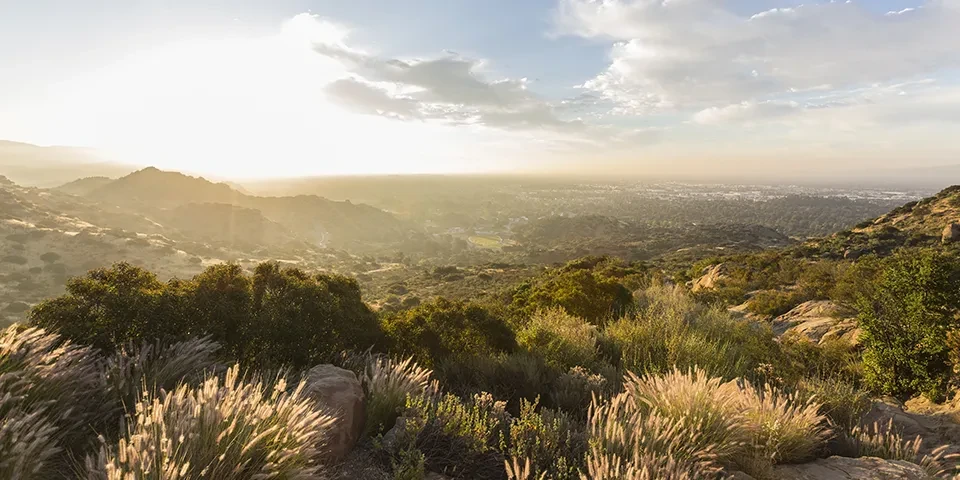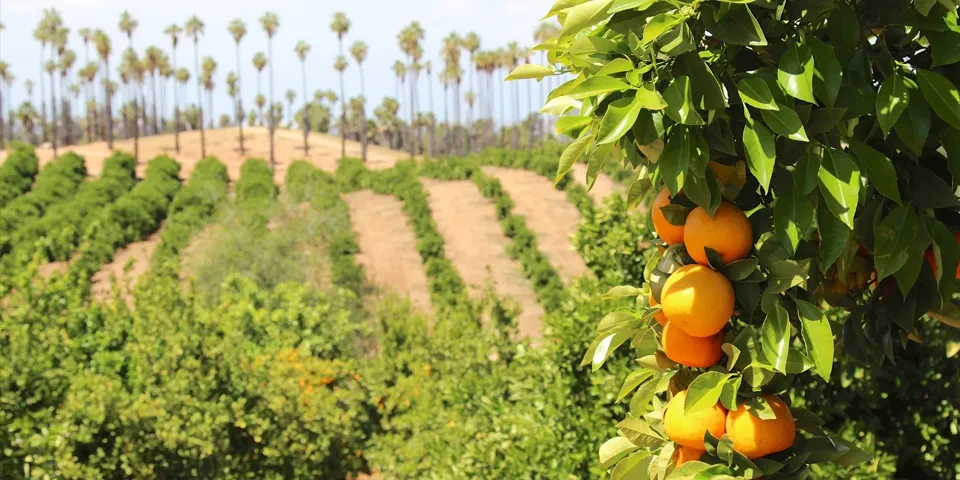California State Parks cover a wealth of information about the long history of California, from the time before statehood and colonization, through the mission and gold rush era, and beyond to more recent history of peoples’ movements and the fight to create green spaces in their communities. California State Parks Foundation has a commitment to honoring history and culture as part of our mission, and we work to keep these sites protected for all Californians. No matter what part of California you are in, we’ve created this list for you to find a piece of history close to home! We've also included two parks that are eligible for free entry with the California Adventure Pass for 4th graders and their families!
Northern California
Olompali State Historic Park
Olompali State Historic Park protects a Coast Miwok village dating back to roughly 500 AD. The name translates to “southern village” or sometimes “southern people”. During the colonial period, the site was designated as a ranch and then changed hands several more times until the State of California purchased the land in 1977 and created the state park.
Today, you can visit the remaining adobe structure, the oldest in all of Marin County. Olompali is also the site of the Burdell House, which housed the wealthy Burdell Family from 1866 to 1943 when it was sold to the University of San Francisco, and then several other owners whose tenants included Janis Joplin and The Grateful Dead.
The park grounds have picnic tables, walking trails, and birdwatching, so be sure to plan a whole day to visit!
Weaverville Joss House State Historic Park
Located in Trinity County, Weaverville Joss House State Historic Park is still an active Taoist temple today. The temple was founded in 1849 by Chinese gold miners who came to the region in search of fortune. When services are not in session, you can visit the museum inside and get a glimpse of what life was like during the gold rush. On display are tools, Chinese art, and photos from the era.
Benicia Capitol State Historic Park
For a little over one year, Benicia was the site of California’s capitol. In 1852, the state legislature had outgrown their previous building in Vallejo and asked the governor for permission to move. John Bigler, the then-governor, granted their request and moved to the Benicia City Hall. After a year, many of the same problems arose in the new building and the legislature voted to again move to Sacramento, where the capitol is still located today.
Inside the park, you can see a replica of the legislative hall, living quarters, and other artifacts from the period.
California State Railroad Museum (4th grade pass eligible)
In the mid-1800s, there was a rush to connect California to the rest of the country because of the Gold Rush. Explore the early railroad era of California and learn about the construction of the transcontinental railroad at this famed museum in Sacramento. See early steam locomotives, read about the many workers who constructed new tracks in the high sierra, and see an impressive model train collection. You can even board the “Excursion Train” for a 50-minute ride along the Sacramento River.
Central California
Chumash Painted Cave State Historic Park
Located in Santa Barbara County, this small state park preserves sandstone paintings attributed to the Chumash People. Some of the paintings are thought to be up to 1,000 years old. There are several possible interpretations of the paintings themselves, and they are currently thought to be images of celestial beings painted for ceremonial purposes. The state designated the area protected in 1976 after worries around graffiti and other threats.
You can check out an AR tour of the State Historic Park created by our friends at CyArk here: https://www.cyark.org/projects/chumash-painted-cave/virtual-tour
San Juan Bautista State Historic Park
Located in San Benito County, this was the 15th Spanish mission established in California, founded in 1797. Much of the mission still stands today as a working church and a museum. You can see living quarters, work areas, gardens, and the old cemetery. The mission hosts several events throughout the year, so make sure to check out the calendar on their website to see upcoming opportunities.
Hearst San Simeon State Historical Monument (Hearst Castle)
One of the most popular state parks for a reason! Visit this incredible mansion commissioned by newspaper tycoon William Randolph Hearst. The house itself is over 90,000 square feet and contains multiple pools, fountains, libraries, dining rooms, and other locations for social gatherings during the roaring twenties. The park itself is a trove of early 20s California history, and there are multiple options for those interested in touring the property.
Make sure to purchase your tickets online prior to arriving at the park because it recently re-opened to the public and has been seeing high demand.
Southern California
Santa Susana Pass State Historic Park
This unique historic park connects the San Gabriel, Santa Susana, and Santa Monica mountain ranges. Due to its location and environment, it has long been a hub for biodiversity because of its seasonal water flow and diverse soil. It is also a heavily trafficked wildlife corridor with many opportunities for birdwatching. The Tongva and Chumash tribes both called this area home dating back approximately 23,000 years and used the area as a trading route and settlement. Today you can take tours of preserved campsites complete with tools and other stone artifacts.
The park was also used as the backdrop to several early western films due to its proximity to Los Angeles.
Will Rogers State Historic Park
The former home of actor Will Rogers and his family, this preserved estate provides a glimpse into the life of an early vaudeville performer and one of the earliest silent film stars in Hollywood. Today you can visit the house which contains a museum with many artifacts from Rogers’ time. The ranch is also kept as it was when the family was living there. The park is also connected to Topanga State Park so if you’re up for a full day trip you can hike all the way through.
California Citrus State Historic Park (4th grade pass eligible)
Located in Riverside, this historic park showcases the emergence of the citrus industry in California, which was an early driver of development in Southern California. What started as two navel orange trees quickly grew into what was known as the “second gold rush”. A new rush of migrant workers, entrepreneurs, and fortune seekers blanketed the region to get in on the burgeoning industry. Today you can see a few of those first trees, artifacts from the early citrus days, and even try a fresh orange from the orchard.
